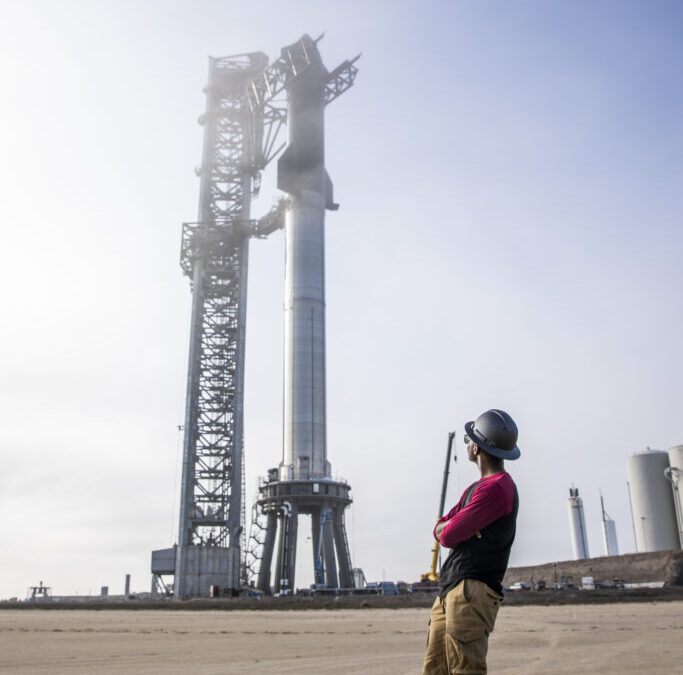Boarding and deplaning are the two most troublesome parts of the airport experience. Long lines and confusing directions can be frustrating for travelers.
Anytime you travel by air recently, you’ve probably experienced long wait times and maybe even over-booking. Airlines create new ways to streamline the boarding process, but it seems like delays still occur. The irony of this problem is that airlines and passengers both want the exact same thing—a safe, on-time flight without hassle or wasted time.
But What Ways Can Help To Get Rid of Aviation Hassles?
If you’re one of those people who hates the process of boarding and deplaning a plane, never fear! There are a few things you can do to make the experience a whole lot better.
- Get to the airport early. This will give you plenty of time to get through security and find your gate.
- When you get to your gate, have your boarding pass and ID ready. This will speed up the process of getting on the plane.
- Once you’re on the plane, find your seat and get settled in. Then, put your carry-on luggage in the overhead bin or under the seat in front of you.
- When the plane is about to land, make sure you have your seatbelt fastened and your carry-on luggage stored away.
- When the plane comes to a stop, wait until the fasten seatbelt sign is turned off before you get up. Then, follow the other passengers to the exit.
By following these tips, you can make the experience of boarding and deplaning a plane a lot less stressful. But, what if we stay that there’s been an aviation innovation that may just change the way people board and exit airplanes? Let’s give you some insights of this new innovation, Dynaerobridge.
Dynaerobridge – An Aviation Innovation to Minimize Aviation Problems
Innovated by a 24-years old Aeronautics college student, Dynamite Obinna, Dynaerobridge is an equipment that can be attached to existing jet ways and can significantly reduce boarding and deplaning times. This resourceful add-on gives users the advantage of having a smooth, swift transition going from the plane to the terminal or vice versa, eliminating tedious standing around often associated with long flight delays.
Obinna worked on a whole assortment of projects during his employment at Single Person Spacecraft (SPS), and was in charge of several important undertakings including, but not limited to, a Low-Orbit Satellite Imaging System and was the chairperson of the design, construction, and development of a fleet of three Autonomous Underwater Vehicle (AUVs) for marine research purposes.
Being an aerospace engineering senior at Embry-Riddle Aeronautical University, Florida, Obinna’s innovation caters to both domestic and international carriers; this will further enhance its versatility while providing ease of operation through advanced design. While airlines may find it slightly more difficult to install than traditional jet ways (which could be another added bonus), they are sure to reap the benefits in many ways including increased revenue through longer dwell times per flight and increased airport capacity by being able to fit more landings at a time.


